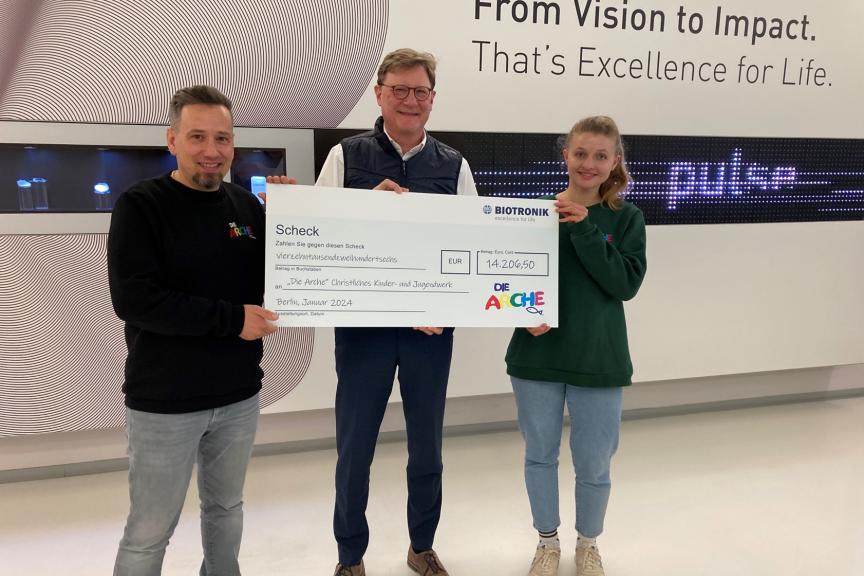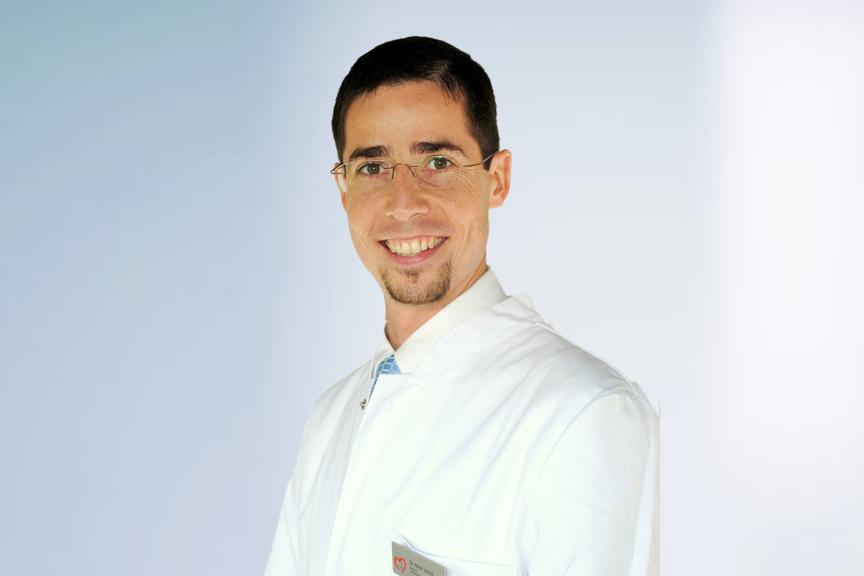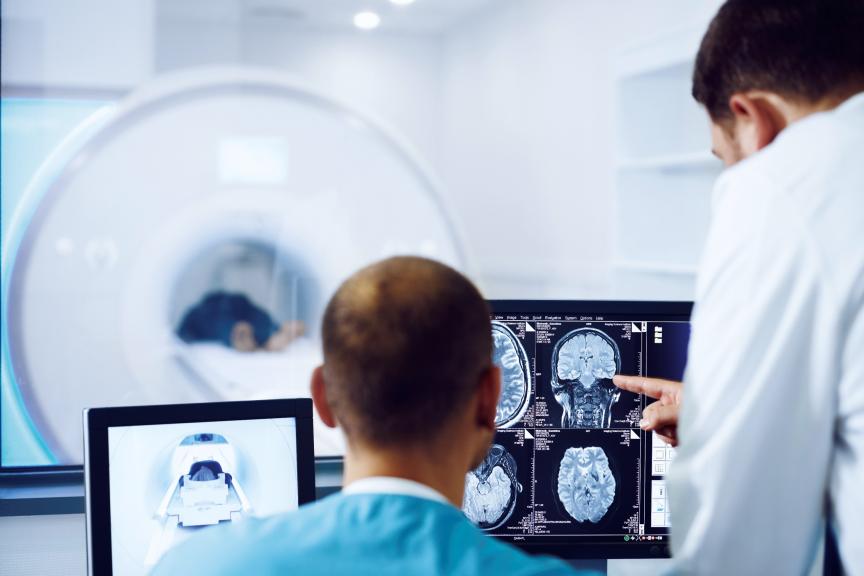Irregular heartbeat, or cardiac arrhythmia is a common health problem. In Germany alone, around 400,000 people are admitted to a hospital every year due to cardiac arrhythmia. In addition to heart stumbling and palpitations, cardiac arrhythmia can manifest itself in restlessness, anxiety, dizziness, and nausea. To get to the bottom of the problem, it is sometimes necessary to use an implantable cardiac monitor (ICM). This device monitors the heart rhythm over a long period of time by continuously checking for arrhythmias, regularly recording ECGs, and automatically sending them to the attending physician via Home Monitoring.
On the occasion of World Heart Day, we want to talk about cardiac arrhythmias and tell the story of Alexander Binder and his implanted cardiac monitor BIOMONITOR IV.
Dr. Alexander Binder, an experienced laser technician and long-time employee of BIOTRONIK, has spent his life developing medical technology. Married and a father of two almost grown-up children, he spends his free time restoring old bicycles and cars and photographing with analog cameras. Despite his active lifestyle, one day he noticed unusual symptoms in his heart. We spoke to him.




















































